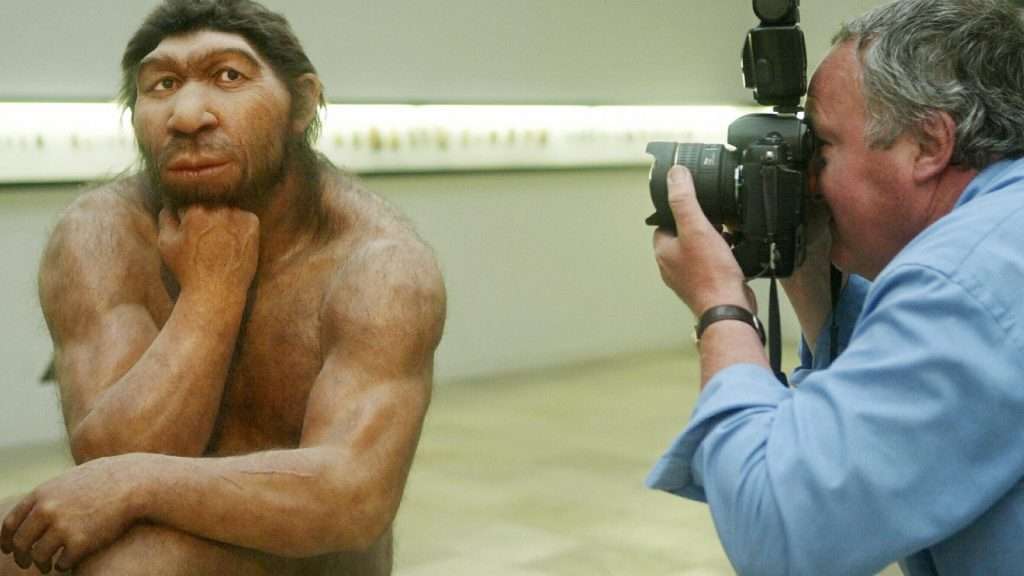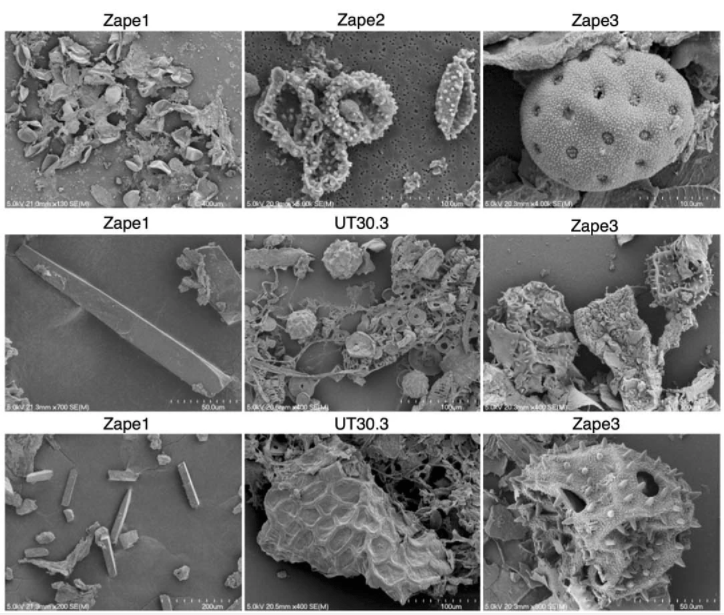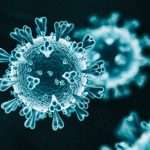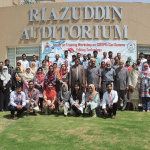
We are used to thinking of the human body as a single organism. But scientists have known for years that this is only a part of the story. In actuality, our body is teeming with microbial life, with each and every one of us containing 100 trillion bacterial cells, compared to the 10 trillion cells of our own body. Think about it, your body is 10 times more bacteria than human! Every single one of us is basically a planet, with all parts of our body containing different communities of bacteria that are distinct from the ones present on other parts.
This whole collective of microbes is called the human microbiome. These bacteria have made a home on our bodies and in turn they provide us with many benefits, thus forming a symbiotic relationship with us that is mutually beneficial to both parties. Of key importance are the bacteria living in our gut, called the gut microbiome.
Most of the bacteria present in our body are located in the gut. Here they can live and grow in peace with a steady supply of nutrients courtesy of us. In return they provide us with a number of benefits. They prevent harmful bacteria from growing in our gut and harming us. They use certain enzymes that humans lack to break down particular kinds of foods, helping us digest it more efficiently. Perhaps most fascinating of all, they help direct some actions of our immune system by sending it signals that cause it to respond in different ways that help it better fight off certain infections.
Because of its importance to human health, many teams of scientists study the gut microbiome in order to glean new insights into various diseases like ulcers, certain cancers and various metabolic, inflammatory and autoimmune diseases such as asthma and diabetes.
In a study published in Nature, one of the most prestigious scientific journals, a team of researchers reconstructed the gut microbiome of ancient humans that lived 1000-2000 years ago using 8 well-preserved stool samples (paleofaeces). Analysis of the DNA revealed that 39% of the ancient genomes contained completely undiscovered species of bacteria.
The scientists then compared those ancient samples to hundreds of gut microbiome samples from present day humans. The present-day samples were divided into two groups, samples from people living industrialized lifestyles and those living non-industrialized lifestyles. Overall, the ancient samples bore much more resemblance to the gut microbiomes of non-industrialized people, supporting the idea that non-industrialized microbiomes bear greater resemblance to the microbiomes of our human ancestors than the industrialized ones.

There were also certain marked differences between the ancient and present-day samples of either lifestyles. Ancient gut microbiomes did not have as many antibiotic resistant genes. This difference points to how rampant use of antibiotics in the present day has given rise to a large number of antibiotic resistant bacteria. This equally affects our gut microbiome, which is a worrying trend. In addition, ancient samples had a high proportion of genes for degrading chitin, which is one of the primary components of insect exoskeletons. This lines up with previous findings that insects were a part of ancient diets.
Rising rates of metabolic, inflammatory and autoimmune diseases in the industrialized world compared to their relative absence in ancient times and lower rates in non-industrialized societies are a sign that modern dietary and medical practices are lacking in some key areas. Industrialization has allowed humanity to re-shape the world to our needs, but it has also brought with it many challenges. Using insights derived from our ancestors, we can begin to undo some of the damage we have done to ourselves and live healthier, more fulfilling lives.
![]()

An aspiring biologist, Currently doing Masters in Industrial Biotechnology from NUST




